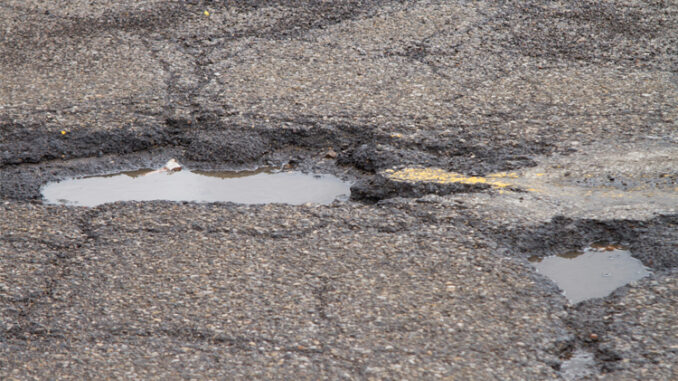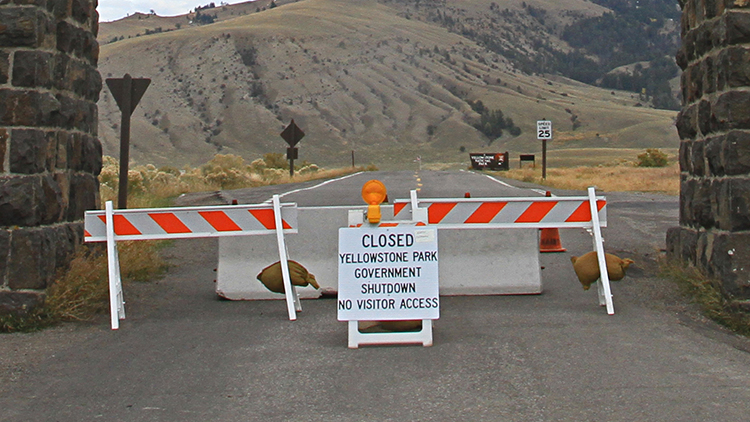
Our roads are filled with lots of different vehicles every day. So, it’s important to maintain road quality. Healthy road surfaces keep drivers and passengers safe. But many roads eventually develop holes in them. These holes are called potholes. Potholes appear over time as a result of excessive wear. The primary contributors to excessive wear are traffic and water. When the road surface can no longer support the weight of traffic due to repeated vehicle movement, potholes develop. The other most common cause of potholes is winter weather. Potholes are created when snow and ice melt as part of seasonal freeze and thaw cycles. Water seeps into the pavement through cracks and freezes. The frozen water causes the ground to expand and pushes the pavement up, which creates a pothole.
Potholes can sometimes be avoided if they are detected early. Cracks in the road can be sealed. But sealing the cracks is only a temporary fix. Roads are not built to last forever. Fortunately, new technology has been developed to improve road conditions and reduce potholes. Researchers have developed an “intelligent compaction” technology, which they build into a road roller. The road roller uses a sensor attached to the roller to assess the compaction quality in real-time. Roads are made up of three layers that are rolled and compacted. The base layer is soil, followed by natural materials like crushed rock, and the top layer is asphalt or concrete. The goal is to create a road that is not under or over-compacted. Researchers refer to the process as a “Goldilocks” principle – the compaction needs to be ‘just right’ to provide the highest quality roads. Roads that are built ‘just right’ can keep the roads in good condition longer.
What Do You Think? Did you know there is a National Pothole Day? Do some research to learn about the costs associated with potholes and to understand the importance of raising awareness.
Photo Credit:McGraw Hill



